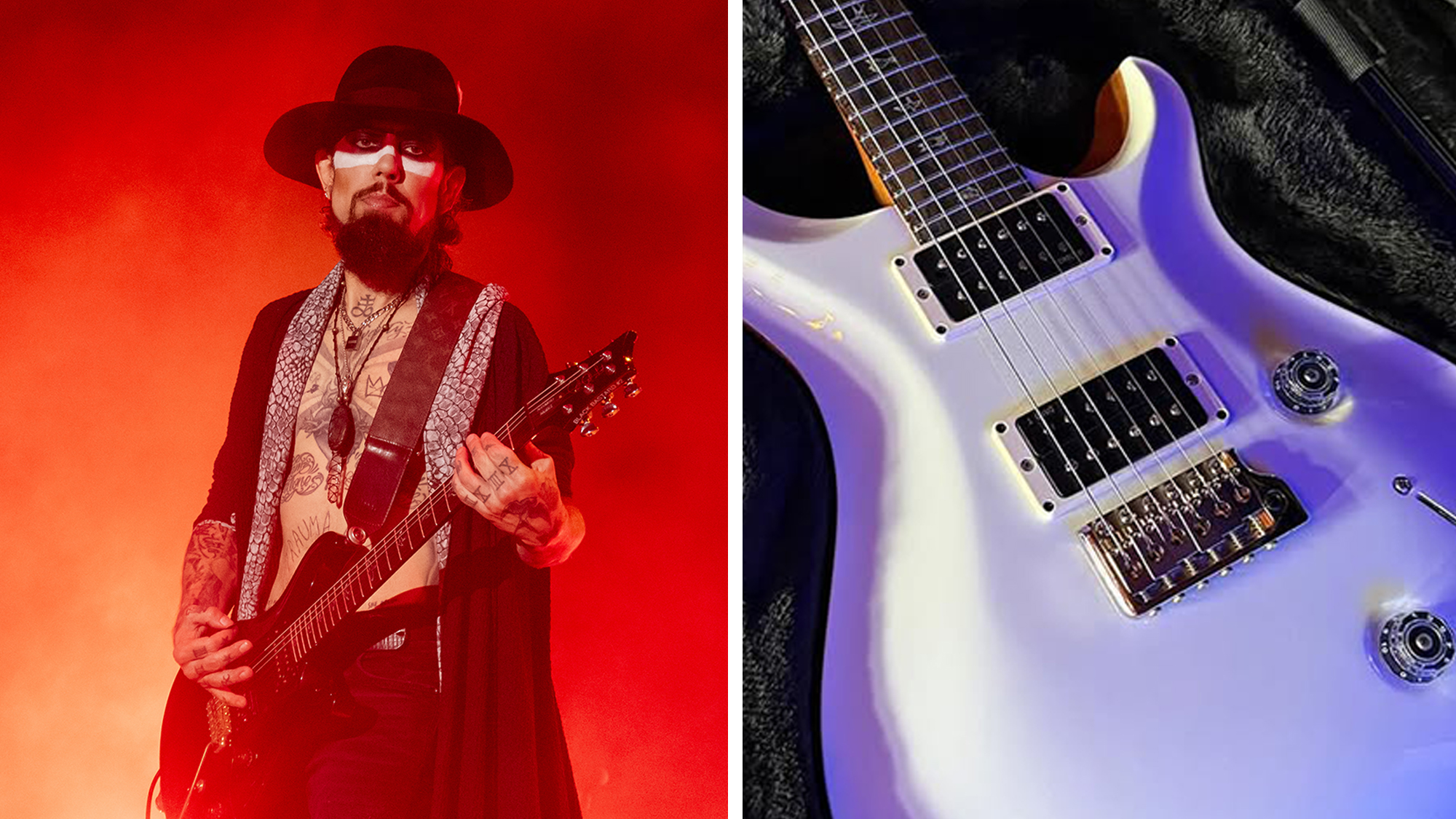Has the mystery behind Keith Richards' acoustic sound on You Can’t Always Get What You Want finally been solved?
LA-based guitarist Jon MacLennan believes he has cracked the acoustic code
Keith Richards is one of the most influential electric and acoustic guitar players in all of rock and roll. But it takes more than just tuning your guitar to open G and removing the bottom string to nail the Rolling Stones man's style, sound and feel.
Take the acoustic rhythm guitar part from You Can’t Always Get What You Want – it’s just strumming first position C and F chords, right? Wrong!
At least, according to LA-based professional guitarist Jon MacLennan, who says he has spent “hours and hours and hours” listening to the recording in order to decipher what, exactly, Richards plays on the studio version.
“I’ve seen every YouTube video, all the sheet music books, I’ve scanned the forums, interviews - I can’t find any interview about Keith Richards talking about what he did to make this sound,” he says.
MacLennan continues, “Many people say it is in open E with a capo on the 8th fret. This tuning sounds slightly like the recording, but it transfers the chords that Keith plays down to a thicker string. Unfortunately, this really changes the timbre of the fills.
"With other methods, you don’t get that doubled high string, which is only heard when Keith strums through to the high E strings. That’s what gives the guitar a chorusing 12-string sound at moments. Another theory is that the guitar is tuned to open G, a staple of Keith’s playing, but this method is actually using a G6 – a slight variation from open G."
The method MacLennan proposes, “recreates the sound from the record by blending a 12-string and 6-string guitar."
Get The Pick Newsletter
All the latest guitar news, interviews, lessons, reviews, deals and more, direct to your inbox!
MacLennan was kind enough to map out his approach to nailing Richards’ You Can’t Always Get What You Want sound for us:
- Start with a 12 string guitar, and remove all doubled strings except for the doubled high E string. This gives you a six-string guitar with doubled high E strings – which is a total of seven strings
- Remove low E string completely. Now you should have a total of six strings
- Tune the A string down one whole step to G
- Add a capo on the 5th fret
- Your final tuning should read (with the capo) CGCEAA
To hear the tuning in action, which MacLennan says is “not out there anywhere,” check out the video above.
And for more on MacLennan, who has played with artists like Julian Lennon, Steven Tyler and John Popper, head over to his official website.
Rich is the co-author of the best-selling Nöthin' But a Good Time: The Uncensored History of the '80s Hard Rock Explosion. He is also a recording and performing musician, and a former editor of Guitar World magazine and executive editor of Guitar Aficionado magazine. He has authored several additional books, among them Kurt Cobain: Montage of Heck, the companion to the documentary of the same name.
“I knew the spirit of the Alice Cooper group was back – what we were making was very much an album that could’ve been in the '70s”: Original Alice Cooper lineup reunites after more than 50 years – and announces brand-new album
“The rest of the world didn't know that the world's greatest guitarist was playing a weekend gig at this place in Chelmsford”: The Aristocrats' Bryan Beller recalls the moment he met Guthrie Govan and formed a new kind of supergroup











